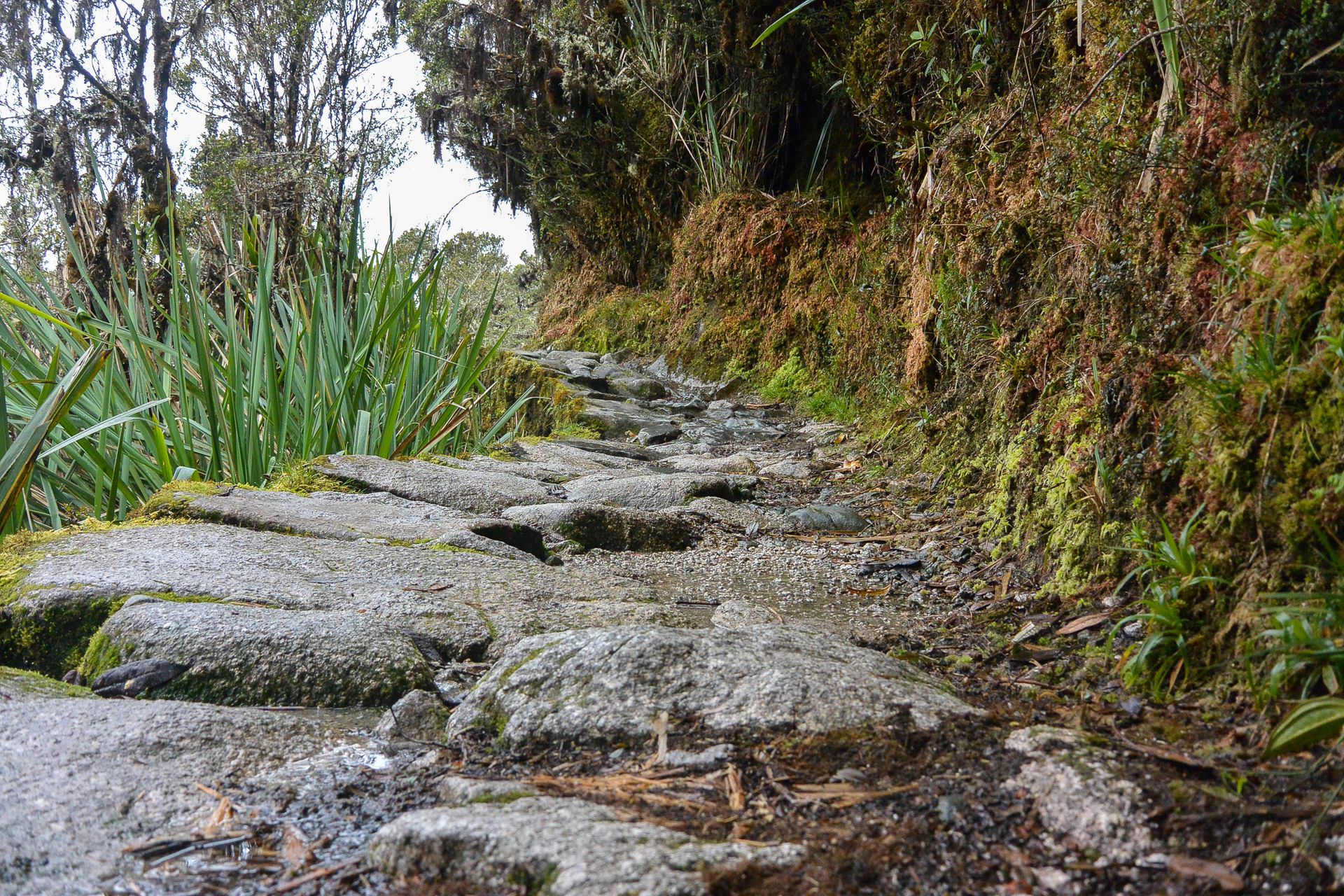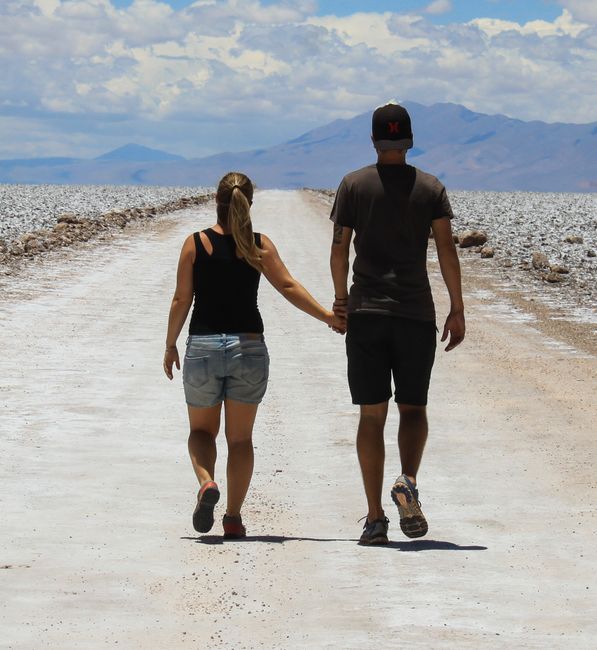Two days at the Iguazu Falls
Verëffentlecht: 13.12.2018
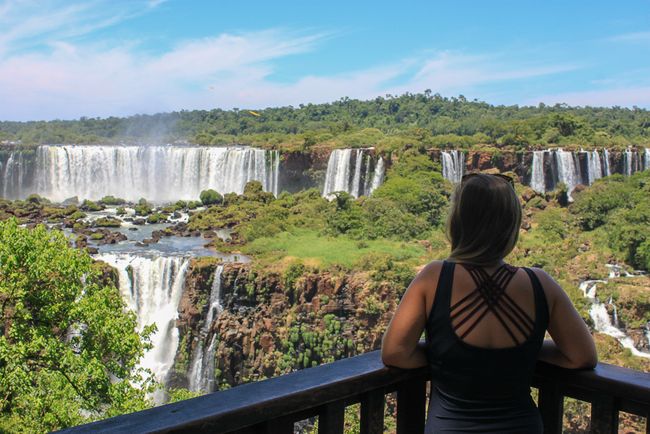
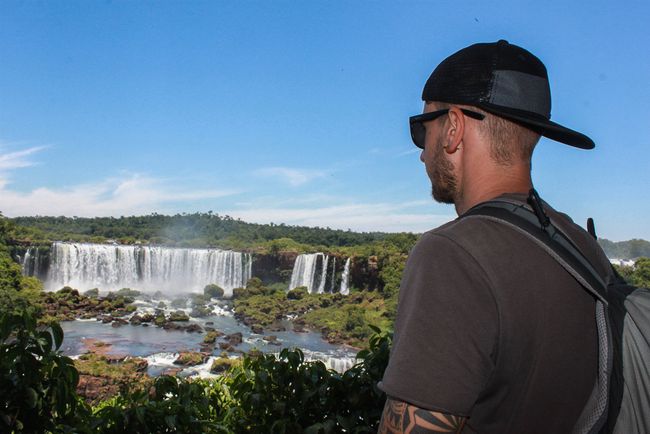
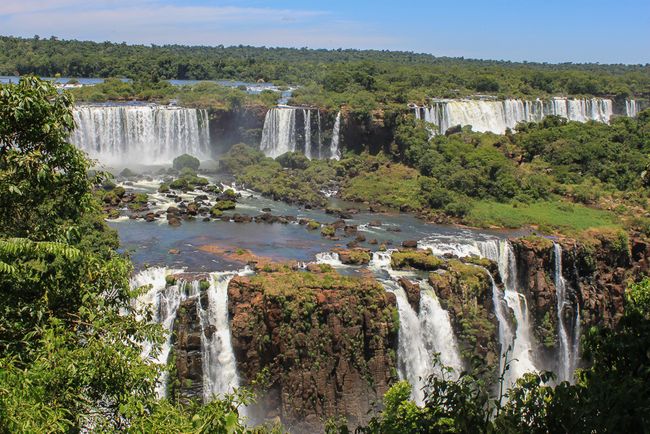
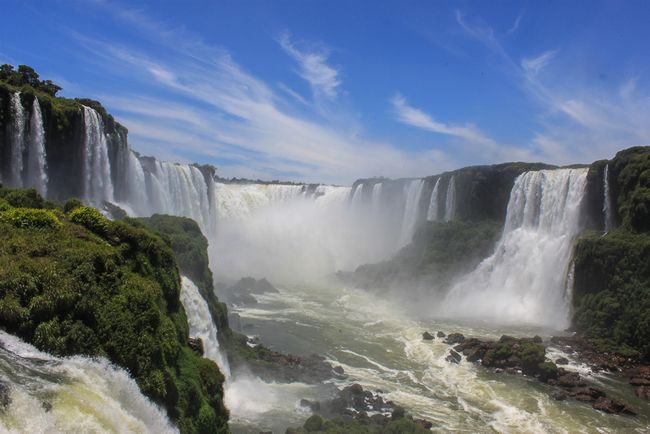
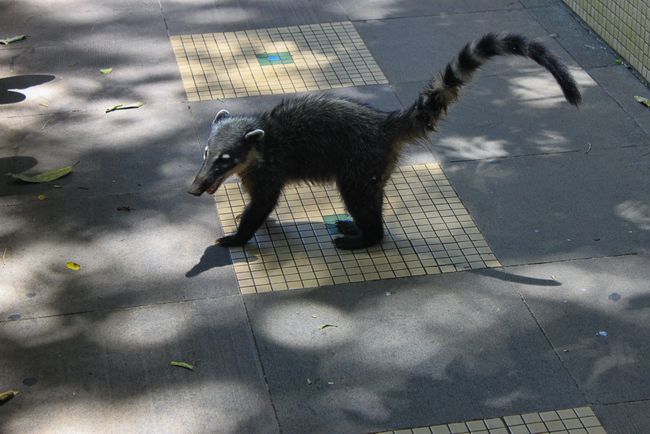
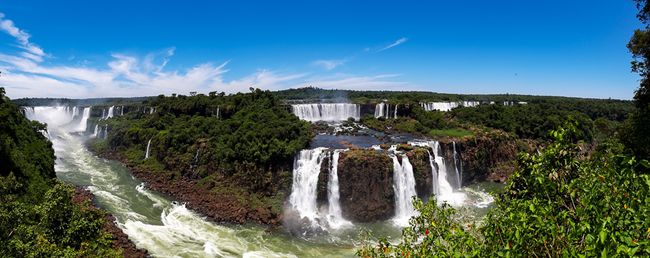
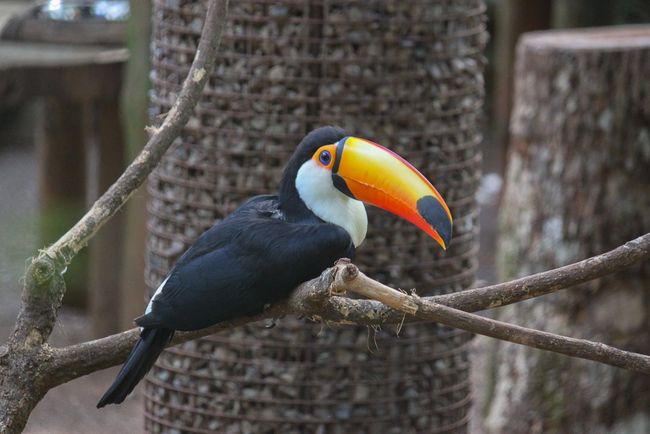
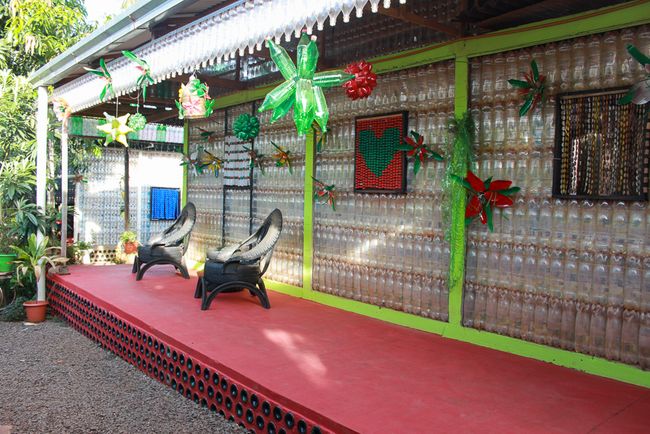
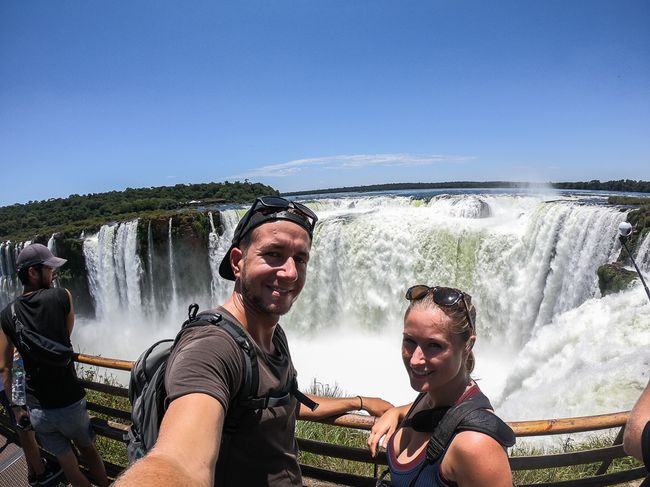
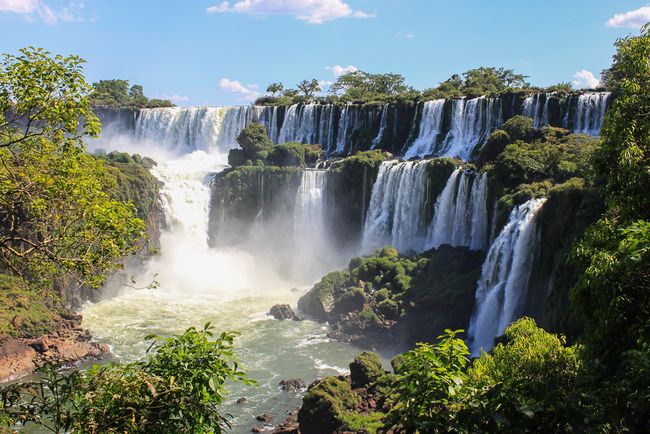
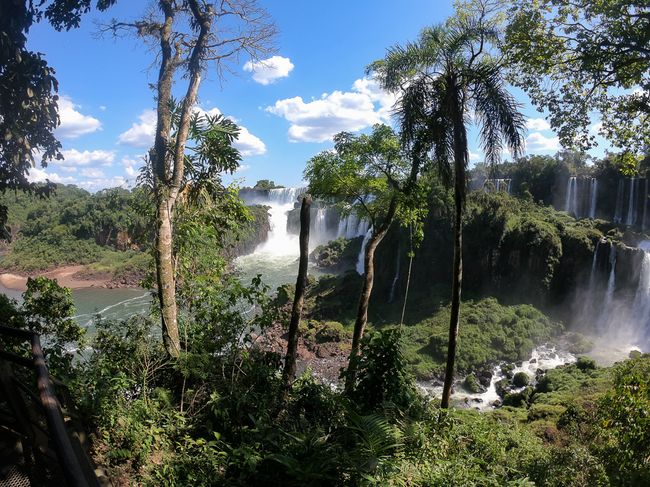
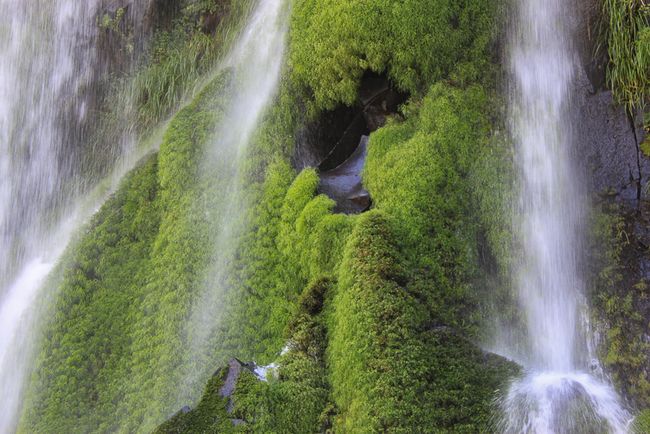
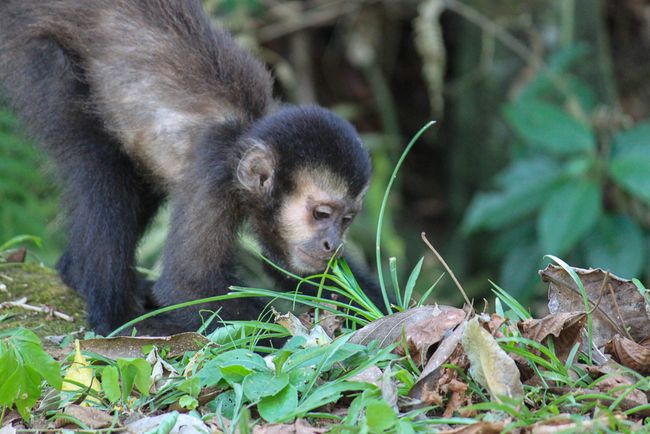
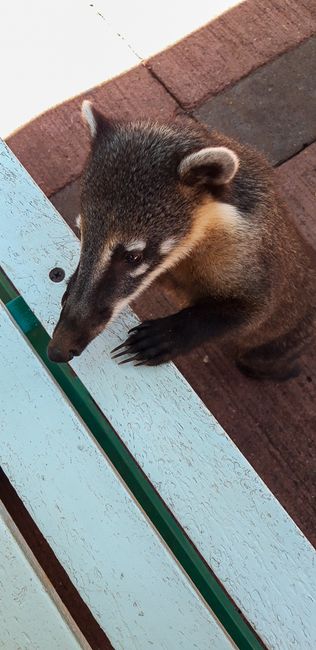
Abonnéiert Iech op Newsletter
After an extensive stay in Buenos Aires, it was time for us to set off again. After a few sedentary days, we felt the excitement and were ready to pack our backpacks and hit the road again. We chose an 18-hour bus ride that actually took 20 hours to reach our destination in Puerto Iguazu, in the far north of Argentina.
The small town is located in a tri-border area, where you can see Paraguay on one side and Brazil on the other side of the river. The town itself does not have much to see - it is mainly a starting point for tours to the Iguazu Falls.
We were told that the Brazilian side is less spectacular and that we should visit it first. We like to listen to recommendations from locals, so we followed this advice - unfortunately, not taking into account the day of the week. So, on a very sunny Sunday, we took the first possible bus from Puerto Iguazu and drove for about an hour - including crossing the border and everything - to the Brazilian side of the falls. Already at the entrance of the national park there was a huge crowd (so early in the morning). The lines at the ticket booths were long - very long. Fortunately, there were also ticket machines that accept credit cards and are faster. So we waited in line for the entrance ticket for just under 45 minutes. But that's not all. It is not possible to walk to the falls from the entrance, you have to take a bus. At the boarding gate, we stood in line for another 1.5 hours. We didn't feel rushed and thanks to our travel motto in difficult moments - "Fascination instead of frustration" - the waiting time was a small inconvenience.
But the waiting and the queueing were worth it. When the bus finally brought us to the final destination, we could already see the immense amount of water rushing down the rocky steps from a distance. The visitor area on this side is limited to a approximately 1.5 kilometer long path, which you can walk along and from where you have a great view of the different falls from different perspectives. Here, you are relatively far away from the action until the end, but you have a great overview and see the falls as a whole. Only at the end, you can get close to the falls by going out on a bridge.
Of course, the path and the different bridges were crowded with people. At certain spots, you even had to wait for a moment to take a photo from the best spot. But you have to say one thing: South Americans understand queuing for the most part. There is little pushing and shoving or friction. And so, we took this effect of the many people rather amusingly and relaxed.
When we visited the Argentine side of the falls on the second day - a Monday - we were slightly shocked. In the morning, we were still busy with our Christmas project, so we only arrived at the entrance around noon. And we were almost the only people there. There were no waiting people at the entrance, nor at the small train that goes all the way up to the most remote path. A stark contrast to the previous day - but of course exactly to our liking. In addition to the significantly fewer visitors, the Argentine side is much larger. There are several paths of different lengths that lead up or down to the various waterfalls. Like on the Brazilian side, you will also encounter some wildlife here - for example, there are larger lizards walking around, monkeys, or coatis (South American raccoons) that are anything but shy.
We enjoyed both sides of the falls very much. The perspective is different on each side - on the Argentine side, the area is simply much larger and you need to allow more time for your visit. We did not take a boat ride on either side - for us, the view from the platforms was close enough.
In addition to the waterfalls, we visited the Güira Oga wildlife rescue center and the Casa de las Botellas nearby on one afternoon in the town. At the rescue center, they help animals that are rescued from the black market or at customs to recover and prepare them for release into the wild. The guide explains everything necessary on a short tour - in Spanish. We understood most of it - we think. The Casa de las Botellas is a cool environmental project where people have made a whole house, furniture, and other everyday items out of waste (mostly plastic bottles). It's worth a visit and a small donation!
Abonnéiert Iech op Newsletter
Äntwert
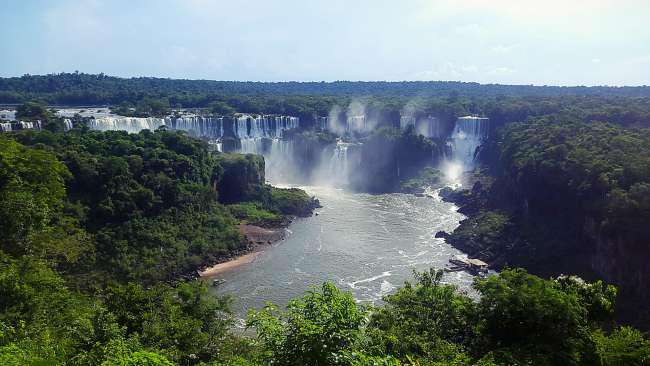
Reesberichter Argentinien
